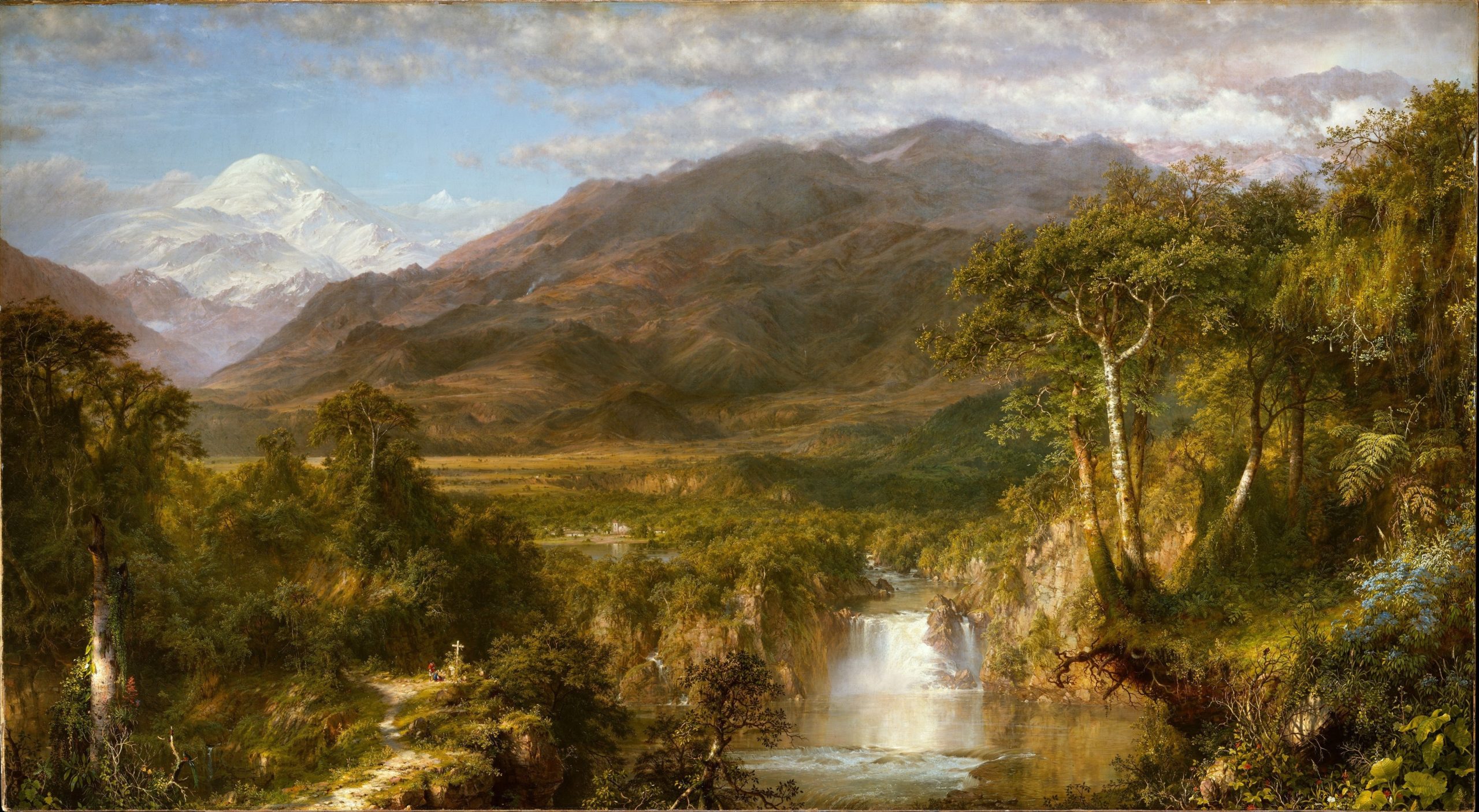Frederic Edwin Church’s painting, “The Icebergs,” is a notable landscape masterpiece that showcases his Arctic art focus. Completed in 1861, the oil on canvas artwork is a visual portrayal of icebergs in the North Atlantic. Church drew inspiration for this artwork from his trip to the Labrador and Newfoundland coastal area.
Church’s choice of colors is one reason why “The Icebergs” stands out. He uses unusual shades of blue-green to depict the ice formations, which helps create a sense of tranquility and immenseness.
The significance of “The Icebergs” goes beyond its aesthetic appeal; it was exhibited at the outbreak of the Civil War in 1861. Over time, Church’s work experienced a resurgence in popularity in art circles with an increasing appreciation for his unique style and realism.
In 1979, “The Icebergs” fetched $2.5 million at auction, making it as one of the most expensive paintings at that time. Today, it is housed at the Dallas Museum of Art where it continues to attract visitors who marvel at its beauty and historical significance.






















